This book, A Handbook of Separation Techniques, provides a comprehensive guide to separation processes in organic, analytical, and industrial chemistry. It covers both well-established and emerging techniques, offering valuable insights into methods used by companies today and those still under development. With clear organisation, practical examples, and a detailed index, it serves as an essential resource for advanced students and professionals in fields such as chemistry, biochemistry, pharmacy, environmental sciences, and chemical engineering.
The book is divided into sections, starting with the fundamentals of chromatography and progressing to topics like quantitative and qualitative separations, HPLC, and paper chromatography. It includes in-depth discussions of various techniques, such as Gas Chromatography (GC), HPLC, Ion Exchange Chromatography (IEC), and hyphenated methods like GC-MS and LC-MS. The content is presented with clarity for both students and researchers, making it a valuable reference for those working in chemical characterisation and separation processes.
Contents –
1. Basics of Chromatography: An Overview of Separation Methods/Techniques
1.1 Different Types of Separation Techniques
1.2 Classification of Solvents
2. Principle of Chromatography
2.1 Introduction
2.2 History of Chromatography
2.3 Types or Classifications
3. Chromatographic Terms
3.1 Some Terminologies Used in Chromatography
3.2 Elution Modes
4. Thin Layer Chromatography
4.1 Introduction
4.2 Terminology Explanations
4.3 Principle
4.4 Mechanism of Thin Layer Chromatography
4.5 Theory of Thin Layer Chromatography
4.6 Classes of Chemicals in Chromatography
4.7 Adsorbability of Organic Compounds
4.8 How to Run Thin Layer Chromatography?
4.9 Interpreting the Data
4.10 Elution Strength of Mobile Phase (E)
4.11 Resolution
4.12 General Review of Preparation of Materials
4.13 Two-Dimensional Technique in TLC
4.14 Preparative TLC
4.15 Applications of TLC
4.16 Advantages of TLC over Paper Chromatography
5. HPLC: High-Performance Liquid Chromatography
5.1 Basic Introduction
5.2 Types of Liquid Chromatography
5.3 Arrangements of Chromatography Stationary Phases
5.4 Introduction of HPLC
5.5 Types of HPLC Techniques
5.6 Principle
5.7 Instrumentation
5.8 Derivatisation of HPLC
5.9 Applications
5.10 Importance of HPLC
5.11 Some HPLC Graphs
6. GAS Chromatography
6.1 Introduction
6.2 Components of GC
6.3 Gas Chromatography Instrument Overview
6.4 Definition/Meaning of Gas Chromatography
6.5 Benefits
6.6 Principle
6.7 GAS Chromatography: Instrumentation
6.8 GC: Derivatisation
6.9 Applications of GC
7. High-Performance Thin Layer Chromatography (HPTLC)
7.1 Introduction
7.2 Advantages of HPTLC
7.3 Principle
7.4 Differences Between TLC and HPTLC
7.5 Steps Involved in HPTLC
7.6 Sorbents Used in HPTLC
7.7 Plates Used in HPTLC
7.8 Solvents Used for Pre-washing
7.9 Methods of HPTLC Development
7.10 Sample Preparation
7.11 Application of Sample and Standard Solution
7.12 Camag Linomat (Automated Sample Application Device)
7.13 Derivatisation
7.14 Documentation
7.15 Factors Influencing Separation and Resolution of Spots
7.16 Applications of HPTLC
7.17 HPTLC Graphs
8. Ion Exchange Chromatography (IEC/IEX)
8.1 General Representation
8.2 History
8.3 Definition
8.4 Introduction
8.5 The Chemistry Behind the ‘IEX’
8.6 Principle
8.7 Classification of IEC
8.8 Types of Ion Exchangers
8.9 Factor Affecting on IEC
8.10 Instrumentation
8.11 Procedure
8.12 Separating Proteins
8.13 Applications of IE Chromatography
9. Basic Theory of Hyphenations
9.1 Definition
9.2 Hyphenation
9.3 Advantages of Hyphenated Techniques
9.4 List of Hyphenated Techniques
9.5 Why We Combine These Two?
10. GC-MS [GAS Chromatography-Mass Spectrometry]
10.1 Introduction
10.2 Principle
10.3 Instrumentation
10.4 Applications of GC-MS
10.5 Limitations of GC-MS
11. LC-MS [Liquid Chromatography-Mass Spectrometry]
11.1 Principle
11.2 Parts of LC-MS
11.3 Basics of LC-Ms
11.4 LC-MS System Components
11.5 Problems In Combining HPLC and MS
11.6 Mobile Phase
11.7 Column
11.8 Sample Preparation
11.9 Interfaces
11.10 Mass Analyser
11.11 Applications of LC-MS
12. Bibliography

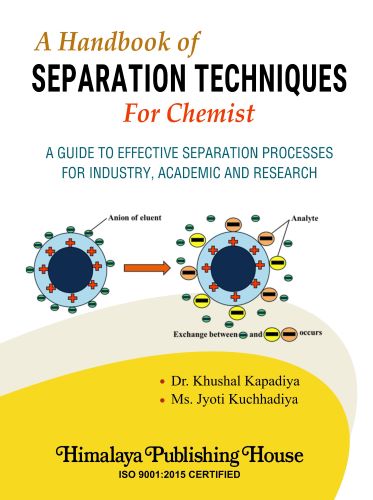
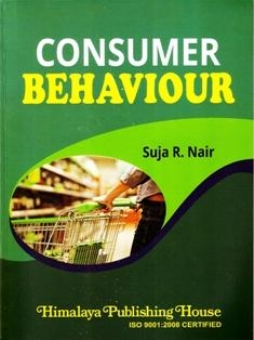
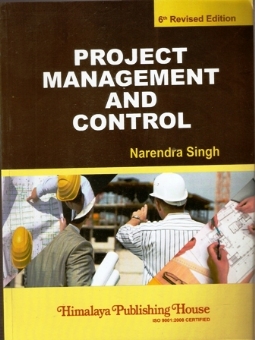

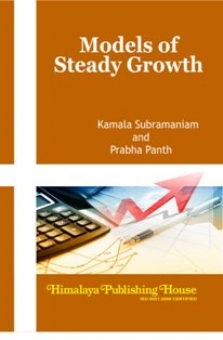
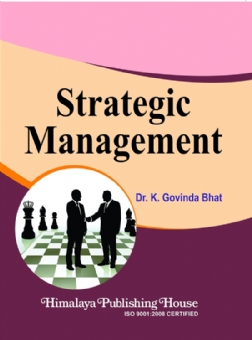

Your review is awaiting approval
x4zlct